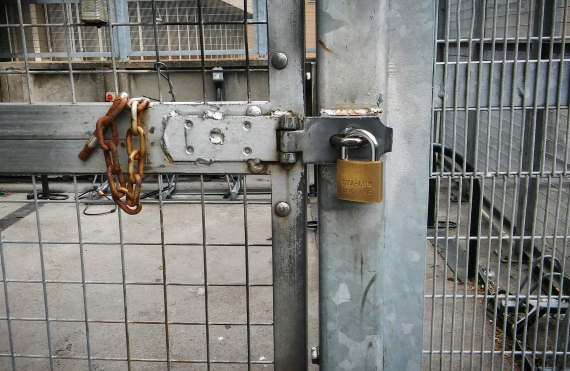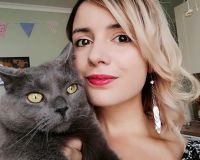Studio blog
Posted on Fri 2 Jun 2017
It Must Have Been Dark By Then
Before giving It Must Have Been Dark By Then a go for myself, I had heard a lot about Duncan Speakman’s commission by Ambient Literature; a two year long collaboration investigating the future of the book. During the two day Ambient Literature Symposium here at the Watershed I curiously watched…
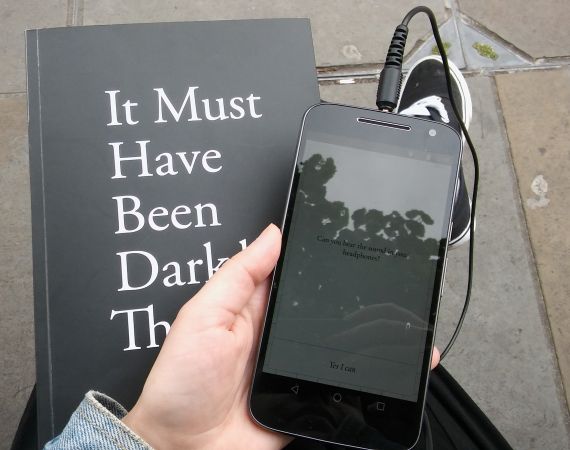
Posted by
Before giving It Must Have Been Dark By Then a go for myself, I had heard a lot about Duncan Speakman’s commission by Ambient Literature; a two year long collaboration investigating the future of the book. During the two day Ambient Literature Symposium here at the Watershed I curiously watched people don their headphones, pick up their phones and tuck their books under their arms as they made their way out of the building. What was it? A book? An app? In the run up to the Bristol launch, Duncan’s Lunchtime Talk shed some light on the motivation behind some of the decisions he made on the piece, but it did not prepare me for the journey I was about to embark on.
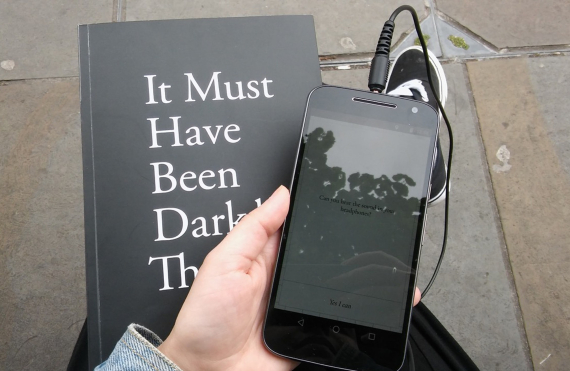
My journey began at Bristol Central Library. I juggled the phone and book until I found a suitable position to start the app and read the first chapter comfortably. Shortly after I was instructed to close the book and begin walking, it didn't matter which direction. It was fortunate that the delicate voice of the narrator reminded me to pay attention to oncoming traffic, because as soon as I picked up the pace I was no longer in Bristol, but in the desolate lands of Latvia. What struck me as being special about this piece was that Brandon Hill Park became my Latvia and the people and passers by around me the residents. I looked in wonder as I walked and listened as if seeing everything for the first time.
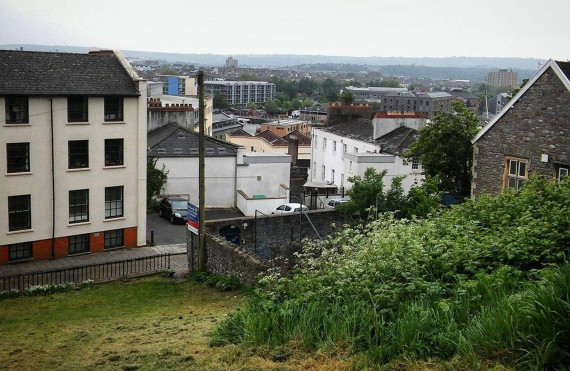
Each person's journey is unique. The piece explores our lack of awareness towards our ever-changing borders and how often these changes are gradual. The title of the piece itself represents inferred memory 'the lights were on...so it must have been dark by then'. Throughout the voyage I was tasked with finding a places or objects, which depending on my location was easy or more challenging. Once I'd stopped and found something suitable I notified the app which then created a new checkpoint which saved the present location. The map consisted of a blank white grid, various sized check points and me represented by a small dot with a directional arrow. The hardest of all things to locate in my journey was water. The sounds of water lapping and dripping accompanied what I was reading in a delightfully satisfying way. This place was to be my Louisiana.
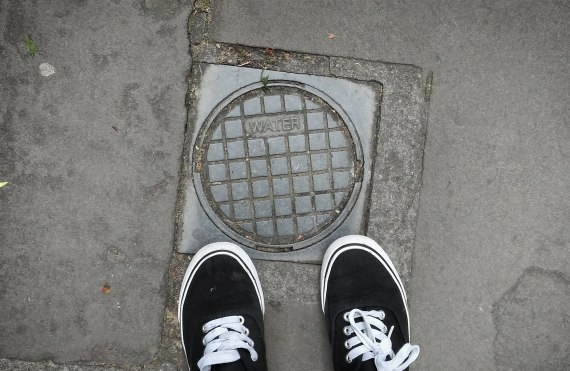
The print of the book was stunning each page being laid out precisely with words fading and disappearing each time I turned the pages. Soon it felt natural to stop in my tracks when needed to divert my attention between book, audio and app. The cement that held all these different components together was the sound design. The field recordings forced me to connect these circumstances to my immediate surroundings; dusty shop windows became Tunisian dwellings in the aftermath of a sand storm.
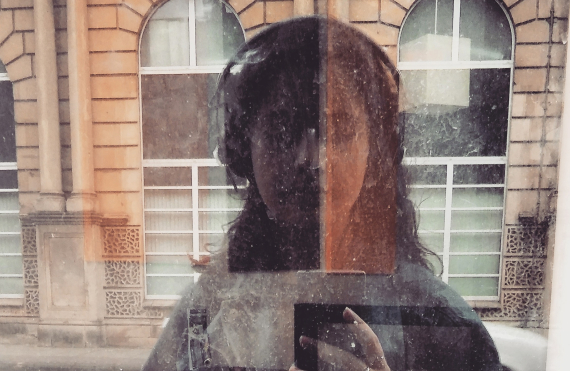
It was also a coincidence that after listening to a recording from Latvia about houses being without windows that I pass a church boarded up by mdf. Perhaps connecting the remote to the immediate isn't much of a stretch of the imagination after all.
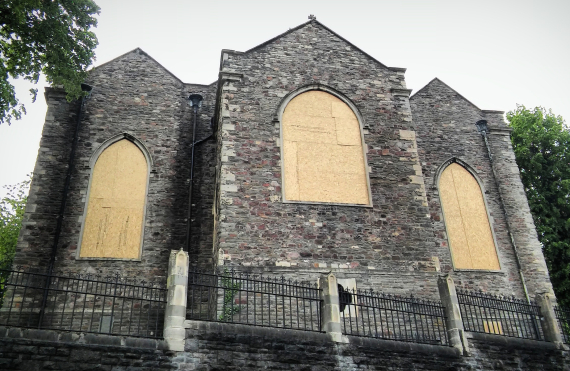
The final task was to find a barrier, a physical end to my journey. It was now time to head back through my unique route, passing each of my checkpoints as I do. The ghosts of the words I’d read earlier in my voyage echoed back to me through the headphones. I felt so connected to the people who inhabitant these places. Yet they were hundreds of miles away.
